In ideal conditions, after a tooth extraction, a blood clot forms in the place of the missing tooth. This si part of the normal healing process after wisdom teeth removal and is no reason to panic!
A blood clot forming in your extraction site following a tooth removal is a sign that your mouth is healing well and you are recovering. Hopefully this guide can help you to understand what’s happening and know what to expect in the site where your tooth was removed.
What is a Blood Clot?
Blood clots are like a traffic jam for blood your veins. Normally, blood flows easily but sometimes, it sticks together and clumps up. That is a blood clot and is made from platelets, blood cells and plasma and then forms a seal with a material called fibrin. This is your body’s defence against tears, breaks or cuts and is perfectally natural. It dissolves naturally once the affected area heals.
A tooth extraction site is excepptionally vunerable to bacteria, food, debris and damage just because we use our mouths to eat and the natural bacteria that exist there. Here, your gums are healed after a tooth extraction and promotes new tissue.
What does a blood clot look like after tooth extraction?
It just looks like a scab in the extraction site. Make sure it’s not getting red and there is no inflammation the days following your treatment.
There are other things to notice:
1) Black marks: These are just stitches that the dentist or oral surgeon uses to sew up the extraction area. These can dissolve on their own or might have to be removed.
2) Whitish tissue: This is a granulation tissue and contains white and red blood cells and collagen. It’s a natural substance that your body makes to cover the extraction site.
You may notice black marks; this is not a cause for concern as these are just the stitches your dentist or oral surgeon has used to sew up the extraction site.
In general the above and the jelly like blood clot are antural and should be left alone. Do not try to disturb or remove the blood clot so you don’t wind up with a “dry socket”.
What is a Dry Socket?
If a tooth is extracted, and the blood clot doesn’t appear or is removed, you might have a dental condition called “dry socket”. Dry sockets are a common occurance with dental patients following a wisdom tooth extraction. The issue here is that it exposes the nerves and bone of your jaw to air, bacteria, debris and so on.
If dry sockets occur after an extraction, you can expect the following dry socket symptoms:
- Bad odour and taste in your mouth
- Extreme pain
- Empty socket
- Slow or delayed healing
If you suspect a dry socket, you should call the dentist right away to book an appointment to have it looked at. In the mean time, rinse your mouth multiple times with salt water, take pain medication, use a cold compress.
Avoid alcohol, smoking, using straws, chewing anything gummy or toffee like and try to limit any other exposure to the area.
Make sure you follow your post-op instructions from the clinic to speed up your recovery following a tooth extraction.
Frequently Asked Questions About Tooth Extraction
How long does it take for a blood clot to form in a tooth extraction site?
Usually, blood clots will form within a day after your tooth extraction procedure after the bleeding stops.
How soon does the blood clot go away after a tooth extraction?
Blood clot’s dissolve typically within days of the extraction procedure. At this time your extraction site will be healed entirely within a week to ten days and the gum tissue should be closed around the wound.
What happens if a blood clot comes out after tooth extraction?
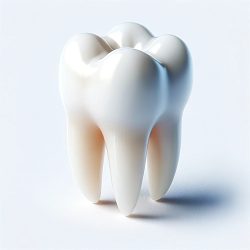
How can I protect the extraction are after a tooth extraction?

Here are some helpful guidelines, we recommend to our patients:
- For a short time, about an hour, after the appointment, we ask that you bite down on a gauze pad. This is to limit the bleeding. If the bleeding persists, use another gauze pad for an additional half an hour at a time. Keep doing this for a few hours if needed.
- Do not rinse or spit for 24 hours after your surgery and keep your fingers and tongue away from the socket.
- After 24 hours, use a warm salt water rinse (1/2 teaspoon of salt in a glass of room temperature water) after meals for the first week to flush out any debris from food in the area.
- Use cold compresses on the surgical area for 48 hours in a 20 minutes on / 10 minutes off pattern.
- Do use pain relievers if needed or the medication prescribed if the pain is severe
- Drink (not through a straw, but sipping) lots of room temperature fluids.
- Avoid going to the gym or other strenous activity for 3-4 days after tooth removal surgery.
- Do not smoke for at least five days after surgery.
Avoid the following activities for at least 3 days post-tooth extraction:
- Using a straw to drink
- Smoking, vaping, chewing tobacco
- Chewing food near the extraction side and certainly no gum or toffee
- Drinking alcohol
- Splashing liquid around in your mouth even if it’s saliva
- Brushing your teeth near the extraction site (rinses with salt water only)
- To avoid dislodging your socket blood clot, eat only soft foods and sip liquids at room temperature.
- For more information, read our other posts on what to eat after tooth extraction and what not to eat after a tooth extraction.
Burlington Family Dental Centre Can Answer Any Questions You Have About Tooth Extractions in Burlington
Burlington Family Dental Centre is a dental clinic in Burlington that offers wisdom teeth removal and tooth extraction in Burlington. Our experienced team of dentists and oral surgeons can answer any questions or address any concerns about tooth extraction procedures. Contact us today for an initial consultation.
Request a consultation
We love new patients! Our consultation applies for wisdom teeth removal, cosmetic dental work including: dental implants, botox for tmj. Call us now or book an appointment online to speak with one of our experienced dentists.
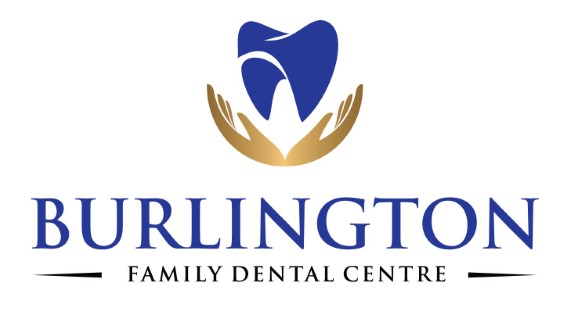


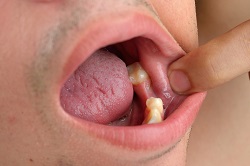
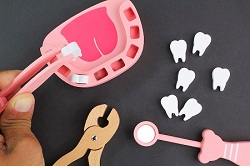
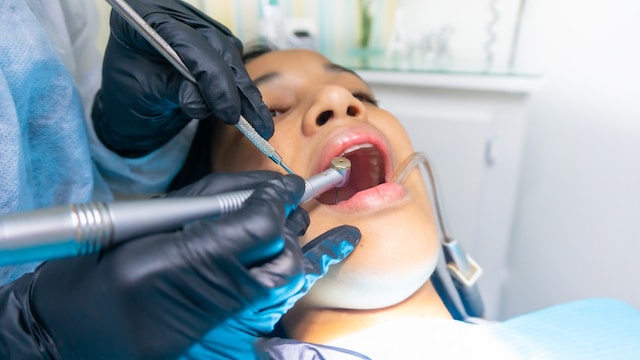
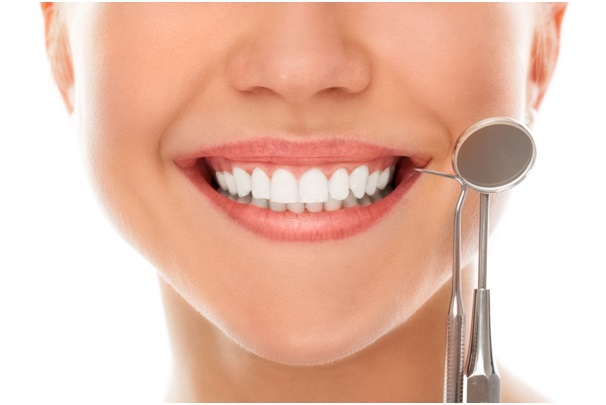

Trackbacks/Pingbacks